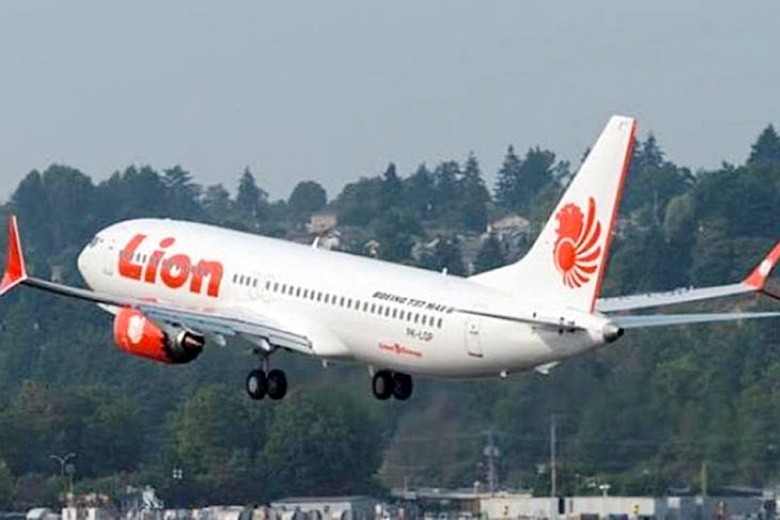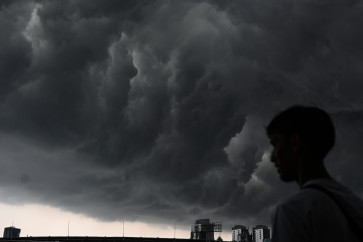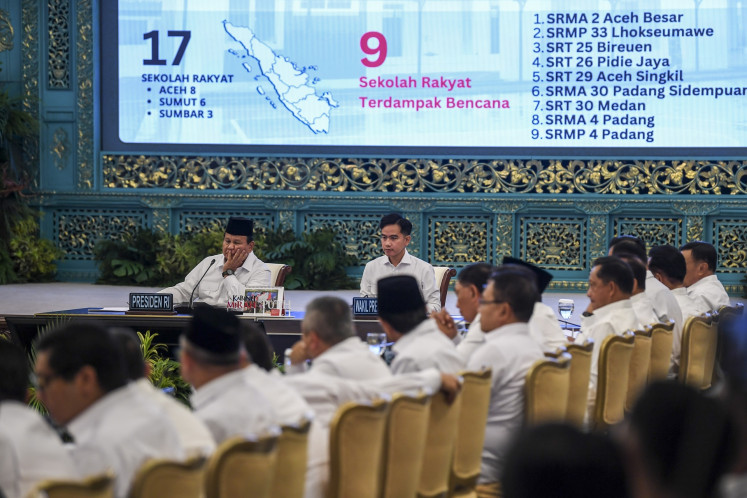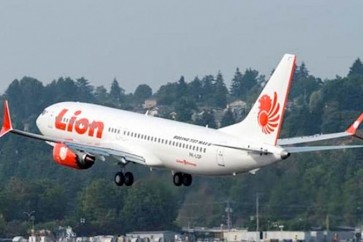Popular Reads
Top Results
Can't find what you're looking for?
View all search resultsPopular Reads
Top Results
Can't find what you're looking for?
View all search resultsBoeing 737 MAX 8: Fit to fly again?
Boeing, the world’s largest and most famous aircraft manufacturer, and the FAA, which had been recognized as the most prominent aviation authority (it was born shortly after the first engine-powered aircraft flown by the Wright Brothers in 1903), are now facing a serious credibility threat. Whether Boeing’s effort to try to fly the B-737 MAX 8 again will succeed, only time will tell.
Change text size
Gift Premium Articles
to Anyone
A
year on, the National Transportation Safety Committee (KNKT) released on Oct. 25 the results of its investigation into a plane crash involving a Boeing 737 MAX 8 belonging to Lion Air in Tanjung Karawang. The accident killed all 189 people on flight number JT-610.
In its report, the KNKT concluded that a number of factors had contributed to the crash, including mechanical problems, flawed jet design and a lack of information on how to deal with system failure. Although there were questions about Lion Air’s decision to operate the B-737 MAX 8, the investigation results attributed the fatal error to the jet manufacturer and the aviation authorities that allowed the aircraft to fly.
This is clearly illustrated in the KNKT’s recommendations, which ask Boeing Company to redesign the antistall system of the aircraft, known as the Maneuvering Characteristics Augmentation System (MCAS).
The MCAS as a safety system suspected as the initial cause of the Lion Air pilots’ loss of control of the aircraft, which eventually led to the crash.
The United States jet maker immediately published an apology following the KNKT announcement.
It is too technical to explain the MCAS failure, which is also believed to be responsible for the deadly crash of a B-737 MAX 8 jet belonging to Ethiopian Airlines on March 10. The global aviation community has been questioning the design and engineering of the aircraft since the two accidents, which occurred within a span of less than six months. Many national aviation authorities have grounded the aircraft since then.
There have also been allegations of an improper relationship between the US Federal Aviation Administration (FAA) and Boeing concerning the MCAS design problems. The suspicion initially came from Canadian aviation authorities, which questioned the “credibility” of the FAA and Boeing.


















